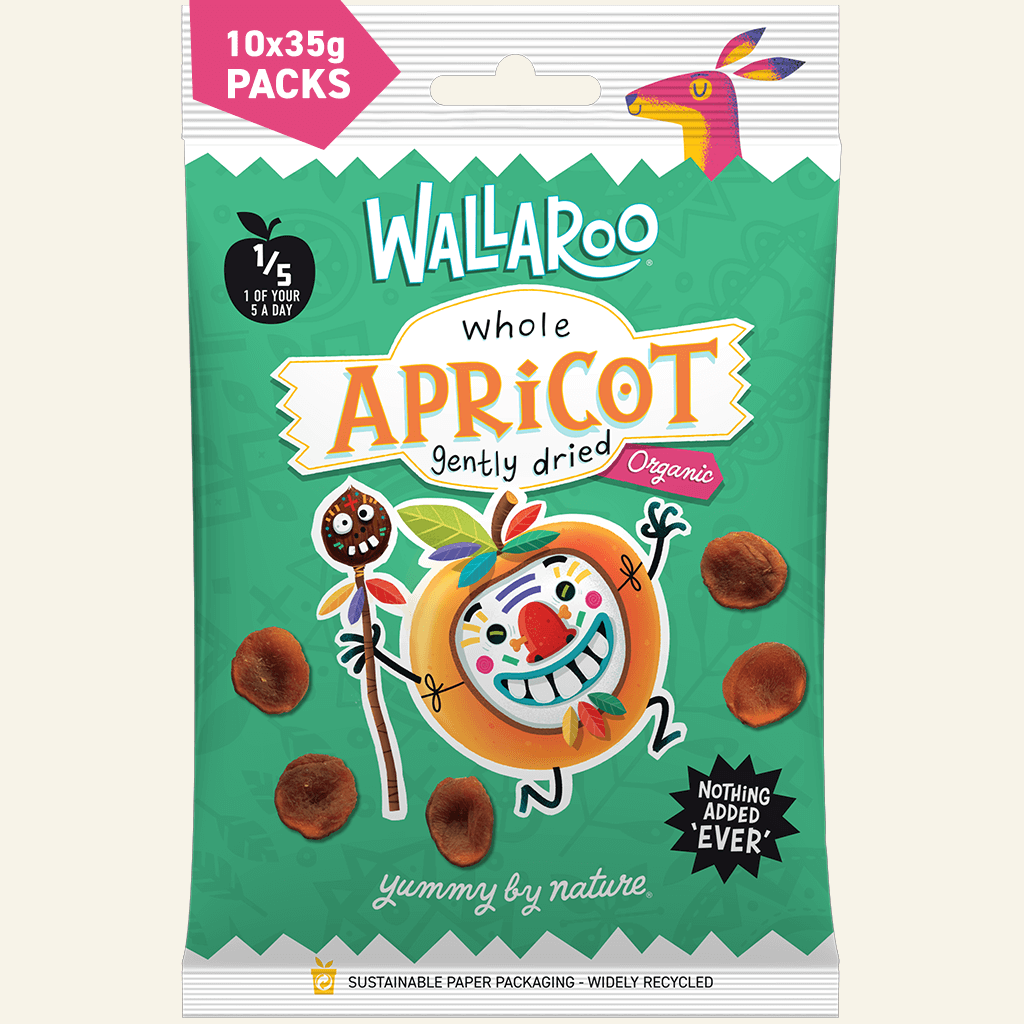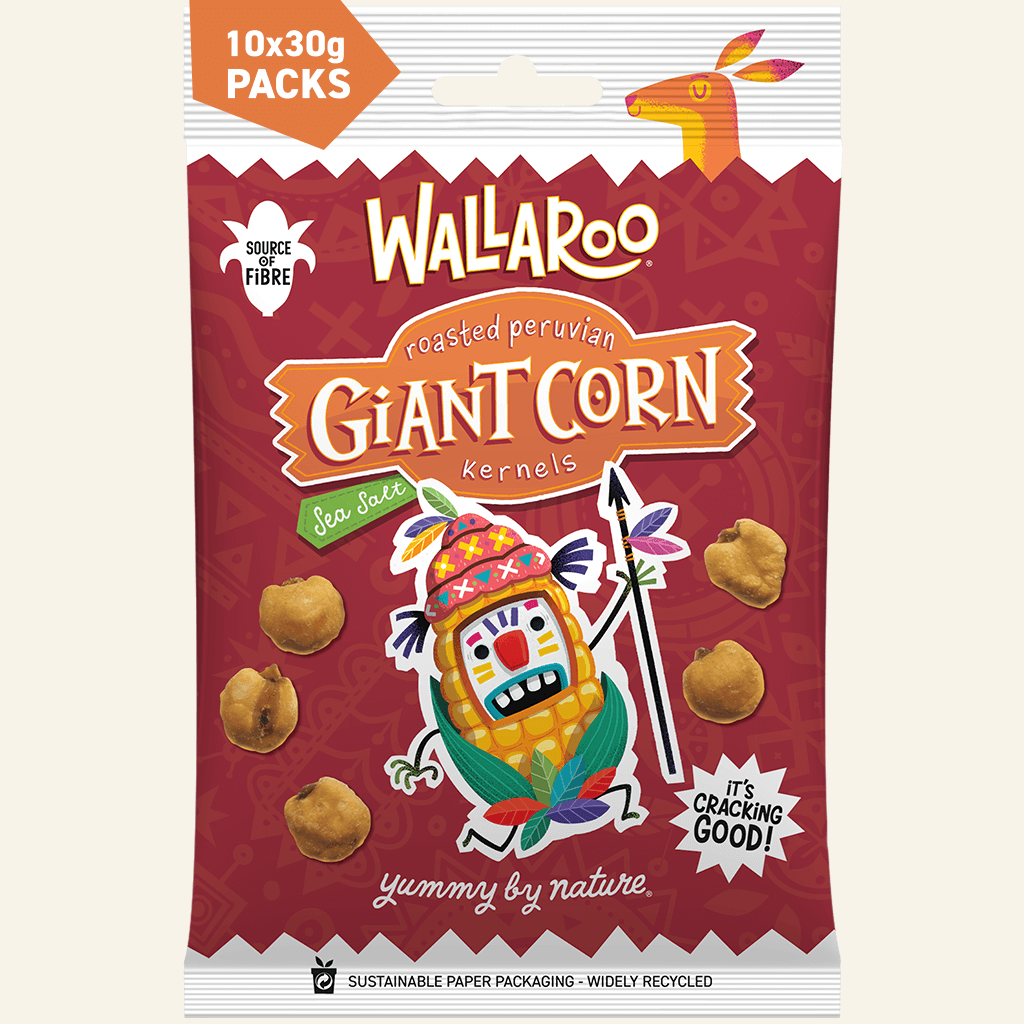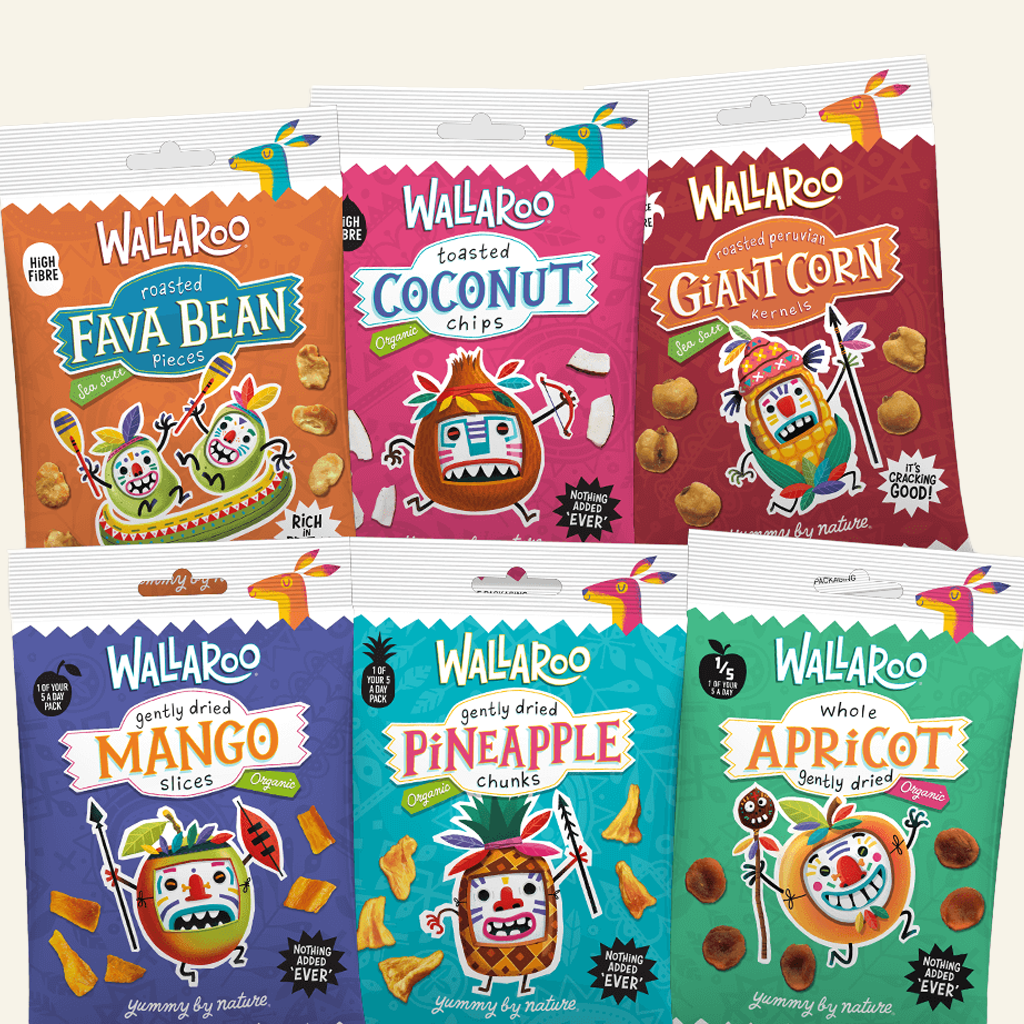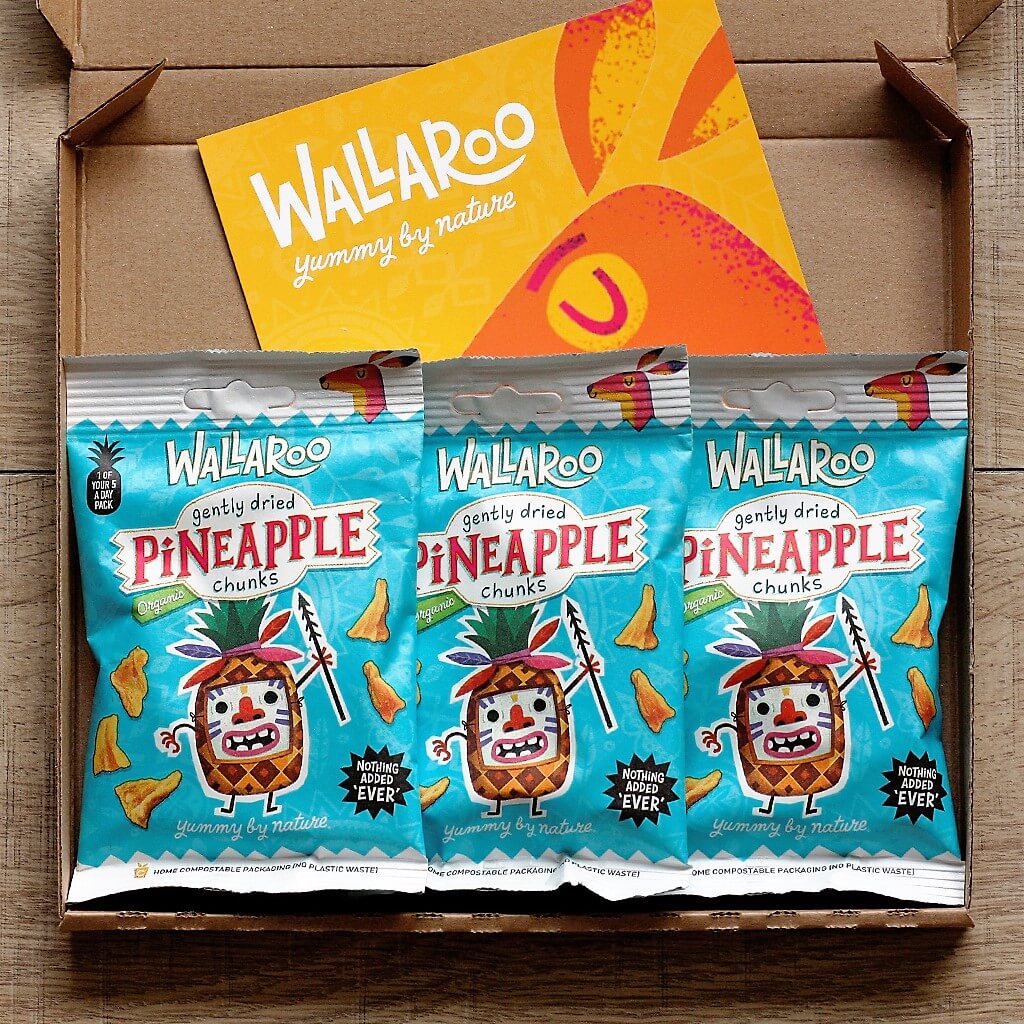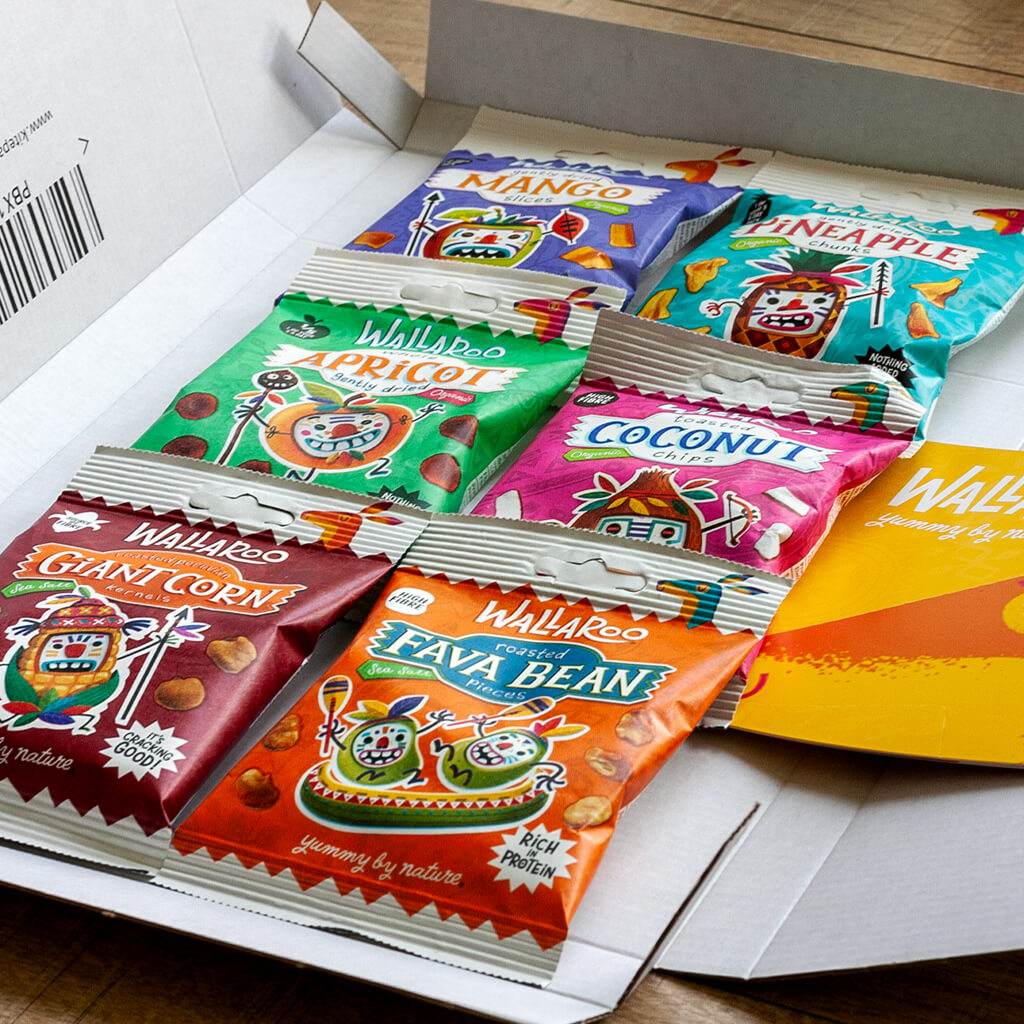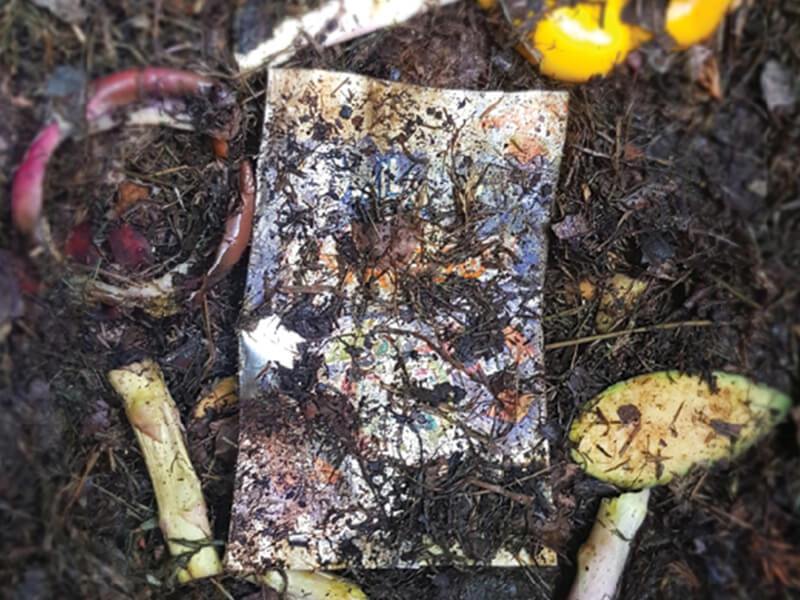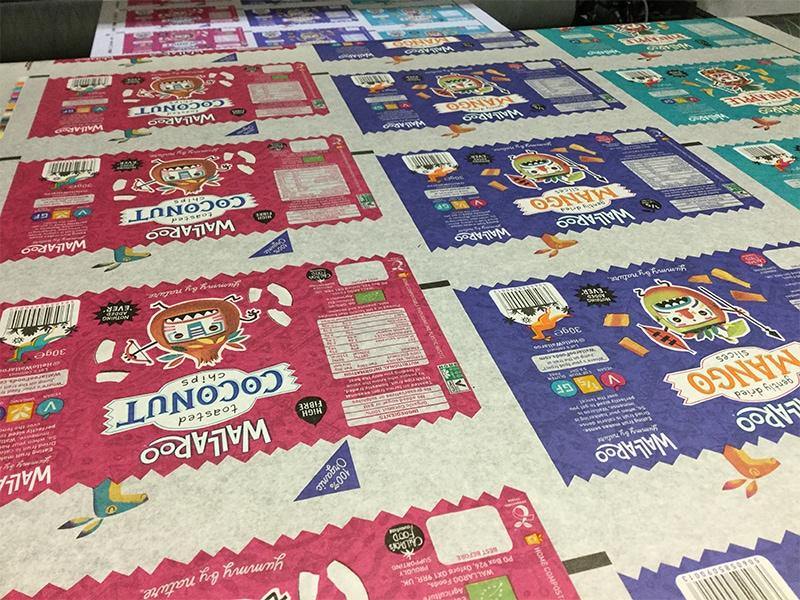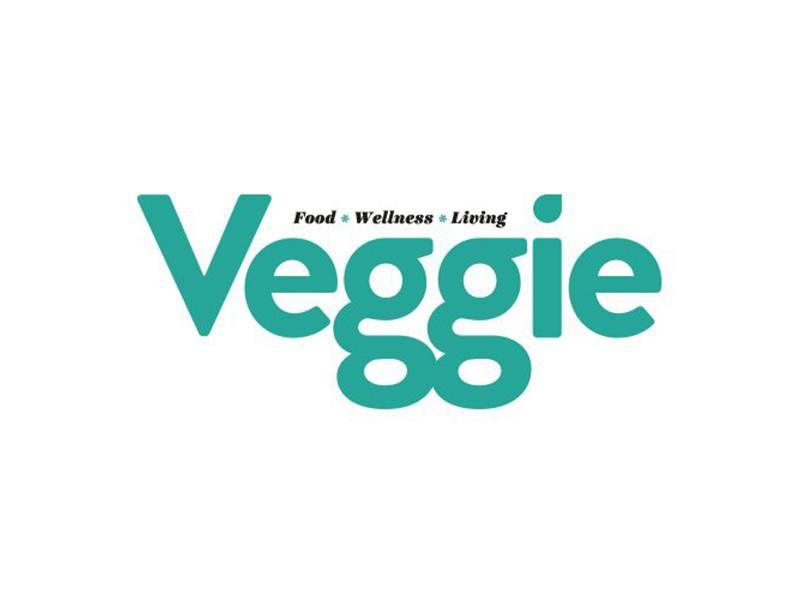The vast spectrum of consumables and waste which you can compost surprises most people. For instance, no one in their right mind would ever compost flexible food packaging, or would they?
Step 1 – Set up your bin or pile.
Whether you choose a conventional pile or a more advanced compost bin, it needs to be set up to promote the optimum decomposition of organic matter. A typical place would be at the bottom of a garden underneath a tree where the atmosphere is rich in moisture.
Step 2 – Compile your kitchen and garden waste.
Make sure to insert the essential composting ingredients like hedge trimmings, coffee filters and vegetable scraps to form the foundation of your heap. Here are a few that you may not have considered:
• Stale beer or wine
• Hair from your hairbrush
• Shredded junk mail
• Latex balloons
• Home compostable certified food packaging i.e. Wallaroo wrappers
Nearly everything from postal spam to a stale TV dinner can be composted, including some flexible packaging, such as a Wallaroo wrapper.
Wallaroo's packaging does away with microplastic pollution and does not scar the environment through the release of harmful toxins.
Step 3 – Wait.
Can you get any more hassle free? No fussing about dowsing the pile with harsh chemicals or stressing over the bin’s optimum temperature. Just give it some time. This period may be as little as a couple of weeks or as long as a few years, depending on temperature, weather conditions, the size of the pile and the method you’ve chosen alongside other variables. Bins tend to be the modern-day method of choice. The average gardener’s heap takes only around 4 weeks to compost. The longer the wait, the longer your Wallaroo wrappers will have to break down amongst the other composting components.
Fancy a boost?
Oxygen is the key to rich and nutritious compost – bacteria thrive off it. Oxidising your heap is a great way to promote decomposition, particularly within larger heaps. The Aerobic method, which involves turning your pile every couple of weeks to encourage oxidisation of compostable matter throughout the heap, is regarded as the most effective form of oxidisation.
Step 4 – Use your homemade organic compost to fertilise your garden.
Now that your Wallaroo wrappers and apple cores have broken down, spread the nutrient-rich compost about your garden. Compost aids in the maintenance of your soil and is proven to be an excellent soil conditioner. Compost works particularly well on potted plants and is by many a favoured alternative to soil for coaxing cuttings and small plants towards a more sturdy future.


